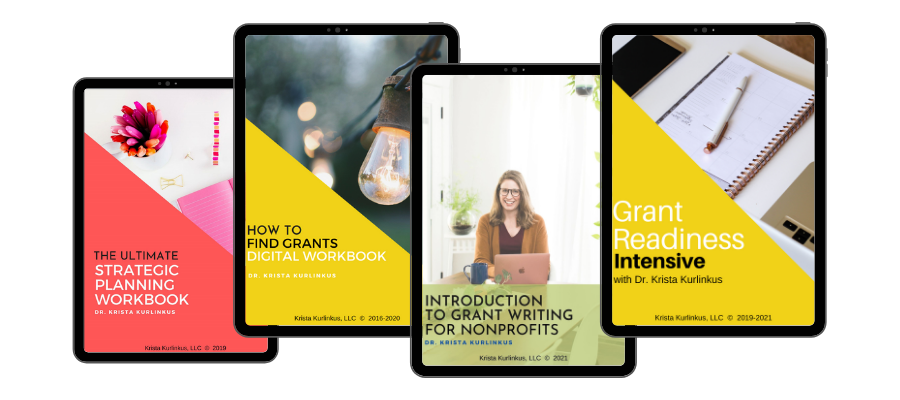By Alisha Verly-Jensen and Krista Kurlinkus
What is considered the status quo in the nonprofit sector in many ways mirrors the societal inequality that fosters the need for such organizations in the first place.
The intersection between the donors, nonprofit workers, and beneficiaries is rife with racial and economic power dynamics.
As with other institutional and structural forms of hegemony, if a nonprofit isn’t actively challenging these dynamics, they are upholding them, whether that is their intention or not. In 2021, the inequalities of charitable giving and grantmaking are starker than ever, yet they were not unanticipated by smart nonprofit leaders.
Maintaining the Status Quo: Donor-Centric Fundraising
Back in his 2015 blog post, “Winter is coming, and the donor-centric fundraising model must evolve,” nonprofit thought leader Vu Le explained the consequences of putting too much emphasis on the needs of the donors, who are in most cases, not part of the community in which an organization aims to effect change.
Le revisits the well-meaning advice he receives at fundraising conferences, which encourages nonprofits to appeal to donors through “feel-good” messaging that assures their money will go directly to the services that matter to them. While the chance to be the hero of a story is certainly a persuasive appeal, as he points out, it is simply not true.
The actual work in nonprofits are carried out by dedicated, hardworking staff and volunteers and planned and designed by a small army of community members. The donor-centric appeal may bring in funds, but it effectively erases nonprofit workers from the picture.
Minimizing this work contributes to the unreasonable expectations that grantmakers and donors often place on nonprofits to carry out more work without increasing for administration or overhead.
If donors really want to see more children fed with their donor dollars, they should be as enthusiastic about funding staff salaries and transportation costs as they are about buying a single meal.
As a counter to this status quo, Le proposes that nonprofits follow a community-centric fundraising model instead. Under this approach, donors are viewed as a partner in change and invited to learn from nonprofit staff and members of the community.
Rather than piecemealing social issues to cater to a donor’s preferences, nonprofits can demonstrate the interrelatedness of issues such as housing, education, employment, and legislative policy. This encourages donors to consider the broader picture and expand their definition of support and charity.
Besides donor-centric funding, many of the traditional pillars of nonprofit fundraising are incompatible or even harmful for advancing most organizations’ missions.
For example, large charity events that have been used for decades to draw in major donors are inherently exclusive. Everything from the setting to the high attendance fees are barriers to many groups of people, who may also have a strong interest in supporting an organization’s work.
Likewise, these events take up considerable staff time. Besides money, there are few benefits for the impacted community. Re-imagining the traditional special fundraising event through a community-centric lens would create an opportunity for donors to build relationships with nonprofit staff, volunteers, and community members on their terms.
This means selecting a venue that is meaningful and accessible to the community, which is unlikely to be a hotel or golf course. This also means centering the needs of the community as the purpose of the event, so that even if not a single dime is raised, attendees walk away with some type of benefit.
This could be information about local resources, a blood pressure check, or even a healthy recipe to try at home.
Making the shift to community-centric fundraising can seem difficult at first, but once nonprofits have taken that first step, the possibilities are endless. These are just a few examples that Le uses to explain the deleterious impact of donor-centric fundraising.

Challenging the Status Quo: Community-Centric Fundraising
Since penning his prescient post, Le and other nonprofit leaders created Community-Centric Fundraising, “a fundraising model that is grounded in equity and social justice. We prioritize the entire community over individual organizations, foster a sense of belonging and interdependence, present our work not as individual transactions but holistically, and encourage mutual support between nonprofits.”
We’ve recommended exploring this method in the past, and we are continuing to promote it because it is so valuable and crucial to making our work sustainable and actually making our world a better place. If you haven’t already, please sign up for their email list at the bottom of their homepage to learn how to implement their 10 core principles of community-centric fundraising.
How Grant Writers can use Community-Centric Fundraising to Challenge the Status Quo
As grant writers, we incorporate these 10 principles into our client work as well as into our business model.
One way we do this with grant writing clients is in the arguments we make for funding an organization or project. As CCF suggests in Principle #6, rather than trying to evoke pity for or a sense of charity towards those who would benefit from a grant, we explain the ecology of the community that would be impacted and how doing good for that community does good for all.
We also always include how the community that would benefit from the grant came to be in the position of need they are in—not because of personal failings or lack, but because of systemic inequality. That is always the highlight of our statement of need for any organization.
To address CCF Principles #4 and #5, our grant proposals reject the common grantmaker goal of minimizing “overhead” costs, explaining that they are not frivolous expenses that should be kept at minimum but essential to doing the work of the nonprofit – i.e. explain clearly in the narrative and budget justification that a human has to run the programs and therefore that human needs to be paid (and paid well).
We also include the time that volunteers contribute to nonprofit organizations as in-kind monetary contributions on all budgets. Time is money, and it needs to be included and recognized by funders. Period.
These are just a few ways we have consciously chosen to challenge the status quo in our client work. Our plan is that as we learn and continue to grow, we develop new and bolder methods for challenging the inherently inequitable system that is grantmaking.
To learn how we write both successful and equitable grants, check out our Grant Writing Workbook Bundle.







